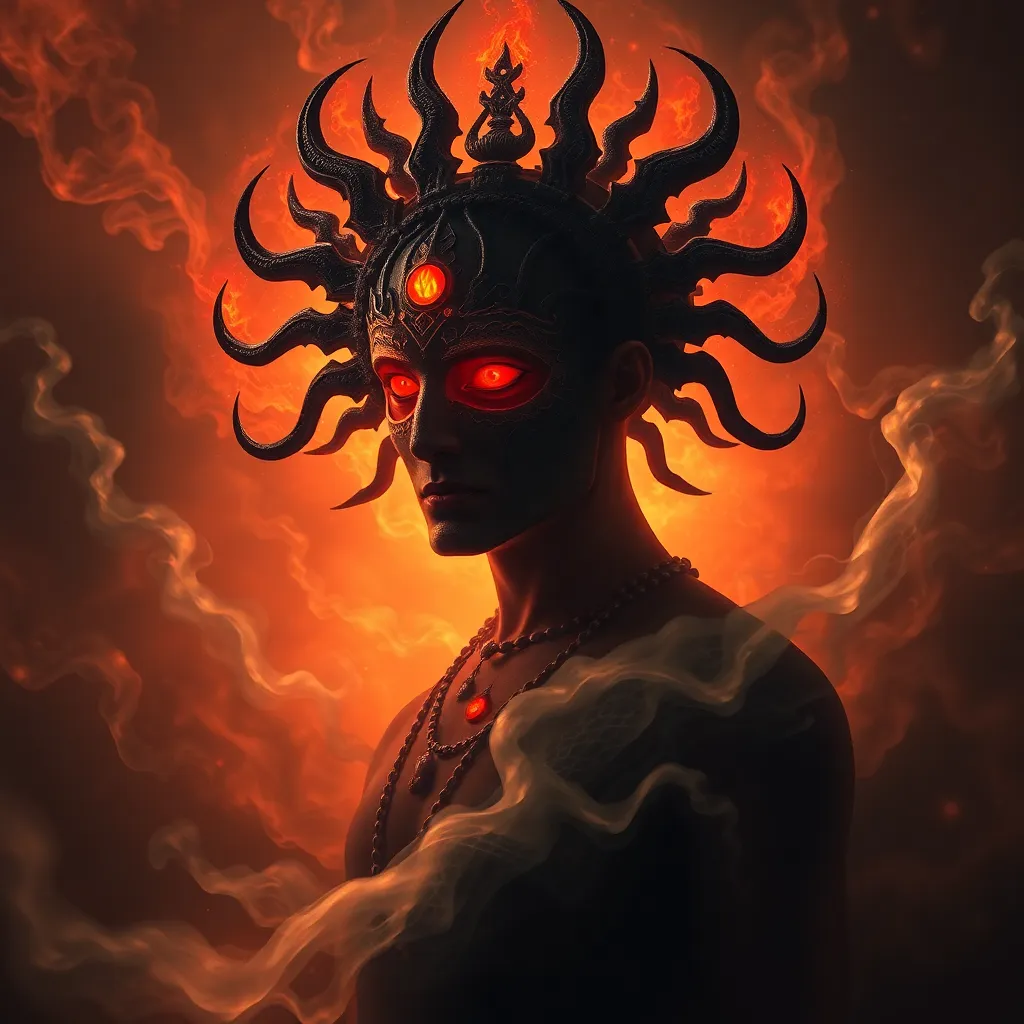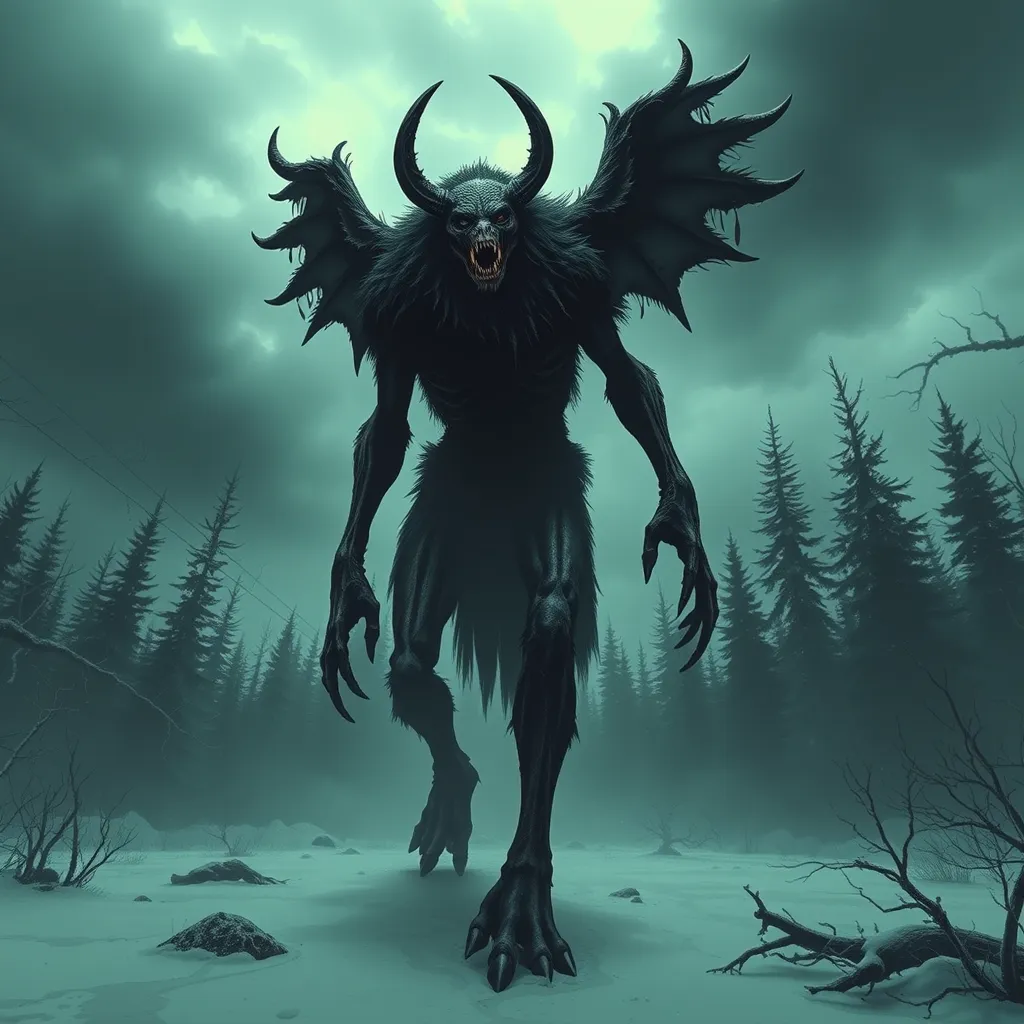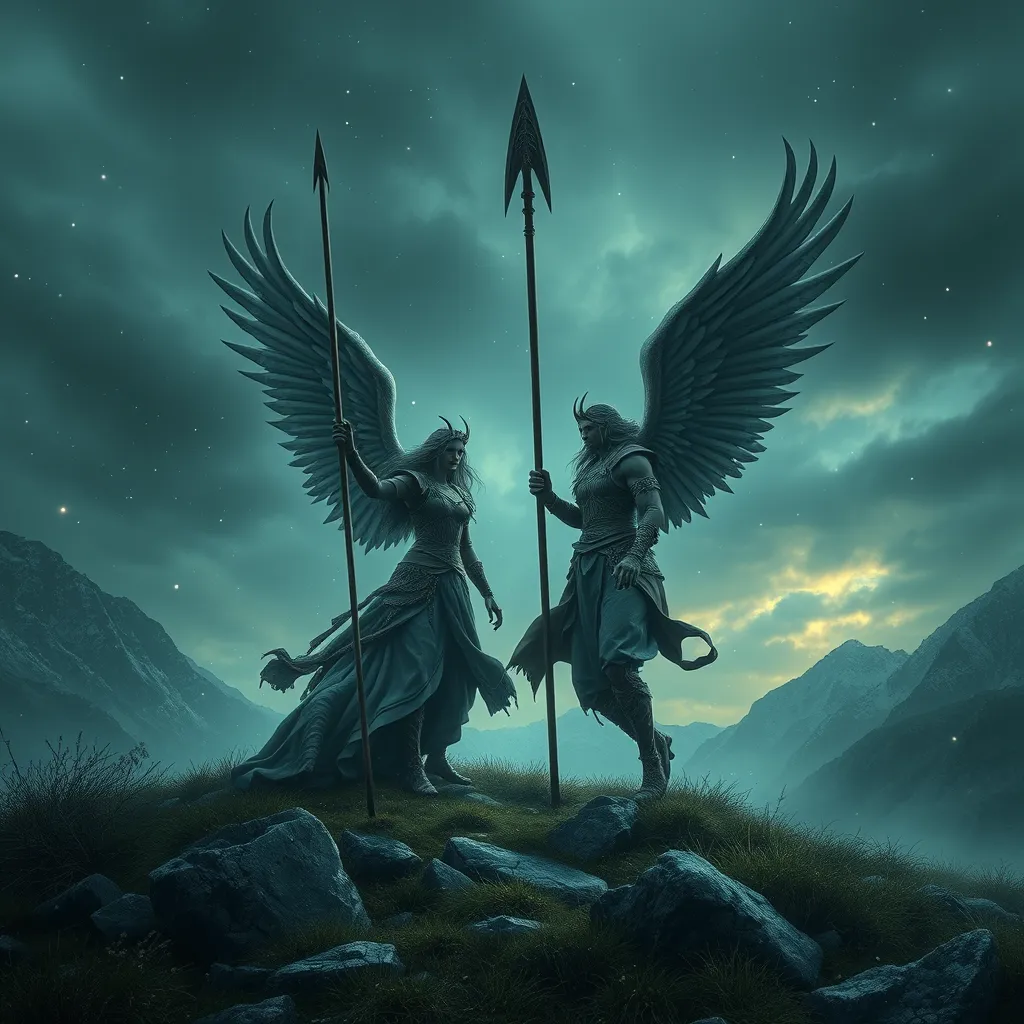Ah Puch and the Human Psyche: The Role of the Shadow Self
I. Introduction
Ah Puch, the Mayan god of death, holds a significant place in the mythology of the ancient Maya civilization. Often depicted as a skeletal figure adorned with symbols of decay, he embodies the inevitable end of life and the mysteries surrounding death. The concept of death, particularly in Mayan culture, is intertwined with the cyclical nature of existence, representing not just an end, but a transition to another state of being.
In psychological terms, the Shadow Self represents the hidden or repressed aspects of our personality, often encompassing our fears, desires, and the traits we prefer to ignore. Coined by Carl Jung, the Shadow is a crucial part of our psyche that, when unexamined, can lead to inner turmoil and conflict.
This article explores the intersection of Ah Puch and the Shadow Self, revealing how mythology can illuminate our understanding of the human psyche and our journey toward self-acceptance.
II. Understanding Ah Puch: The Mayan God of Death
Ah Puch is a complex figure within Mayan mythology, characterized by several distinct traits and symbols:
- Physical Appearance: Often portrayed as a skeletal being, Ah Puch is associated with decay and destruction.
- Symbolism: He is linked with the underworld, war, and the cycle of life and death.
- Associations: His presence is often invoked in rituals and ceremonies related to death and the afterlife.
The cultural significance of death in Mayan society cannot be overstated. Death was not viewed as a finality but as a necessary part of the life cycle. The Maya believed that understanding and accepting death could lead to a more profound appreciation of life itself. Ah Puch’s role in this cycle highlights the importance of death as a transformative process.
III. The Concept of the Shadow Self
The Shadow Self, as defined by Carl Jung, comprises the unconscious parts of our personality that we suppress or deny. These aspects can include:
- Negative traits such as anger, jealousy, and selfishness.
- Unacknowledged talents or desires that we fear embracing.
- Emotions and experiences that we deem unacceptable or shameful.
Acknowledging the Shadow Self is crucial for personal development. By recognizing and integrating these hidden aspects, individuals can achieve a more balanced and authentic self. This process can lead to greater emotional resilience and a deeper understanding of one’s motivations and behaviors.
IV. The Intersection of Ah Puch and the Shadow Self
The attributes of Ah Puch correlate closely with the concept of the Shadow Self. Both represent the darker aspects of existence that are often shunned or feared:
- Ah Puch embodies death, a universal fear that mirrors our internal struggles with mortality.
- He serves as a reminder of the inevitability of decay and the importance of confronting our fears.
Confronting the Shadow Self, much like facing Ah Puch, can lead to profound transformation. By embracing our darker traits, we can find paths to healing and self-acceptance, ultimately emerging more whole and integrated.
V. Mythology as a Mirror for the Human Experience
Myths serve as a reflection of the human experience, providing insight into our fears, desires, and the complexities of existence. Ah Puch exemplifies universal themes such as:
- Fear of Death: Many cultures share anxieties surrounding mortality, and Ah Puch is a representation of that fear.
- Acceptance of Life’s Cycles: Myths often teach the importance of recognizing the cyclical nature of life and death.
The lessons derived from mythology emphasize the necessity of acceptance and integration of the Shadow. By understanding our fears through figures like Ah Puch, we can learn to navigate our own inner darkness with compassion and understanding.
VI. Cultural Interpretations of Death and the Shadow Self
Different cultures interpret death and the Shadow Self in varied ways. For instance:
- Mayan Views: Death is a transition, celebrated through rituals that honor the deceased and acknowledge their ongoing presence.
- Western Perspectives: Often characterized by fear and avoidance, death is frequently seen as a taboo topic.
- Eastern Philosophies: Cultures such as Buddhism view death as a natural part of the life cycle, emphasizing rebirth and continuity.
The psychological implications of these beliefs are profound, influencing how societies address the Shadow Self. Cultures that embrace death as part of life may foster healthier relationships with their own shadows, allowing for greater emotional freedom.
VII. Practical Applications: Embracing the Shadow Self
Recognizing and integrating the Shadow Self can be a transformative journey. Here are some techniques to consider:
- Journaling: Write about your fears and suppressed feelings to bring them into conscious awareness.
- Therapeutic Practices: Engage in therapy that focuses on shadow work, such as Jungian therapy or expressive arts therapy.
- Mindfulness and Meditation: Practice being present with your thoughts and emotions, observing without judgment.
Personal narratives of individuals who have embraced their Shadow Self often reveal powerful transformations. Many report feeling liberated from shame and guilt, leading to a more authentic and fulfilling life.
VIII. Conclusion
In conclusion, the exploration of Ah Puch and the Shadow Self reveals vital insights into the human experience. Understanding Ah Puch’s significance in Mayan mythology allows us to see the value of confronting our fears and accepting the entirety of our being.
Embracing both light and darkness within ourselves is essential for personal growth and emotional well-being. We invite readers to embark on their journey of self-discovery, reflecting on their own Shadow Self and the lessons it holds.



